Gold has captivated humans since the California gold rush, not just for its beauty but also as a means to wealth. For the modern-day prospector, rivers are natural highways that transport and deposit these precious metals.
But how can you tell if a river has gold? This article will guide you through the signs and techniques to help you find those elusive golden specks.
The Tale of the River: Natural Indicators of Gold
When embarking on the quest to find gold, knowing where to look is half the battle. Rivers with a gold deposit often have a history of gold mining.
Researching old mining records and speaking with local prospectors can provide valuable insights.
Additionally, the geography of the river itself can offer clues. Gold tends to settle in places where the water flow slows down, such as the inside bends of a river or where two rivers meet.
The presence of black sand, a heavy element like gold, is a promising indicator. These materials tend to collect in the same way, so where you find black sand, you may also find gold.
Similarly, look for sections of the river with large deposits of coarse sediments closer to the surface, as these areas are more likely to contain gold.
Tools of the Trade: Gold Panning and More
Gold panning is the most iconic method of prospecting. It's a simple yet effective technique that separates finer gold from river sediments.
A sluice box can also be used to process a larger volume of material, increasing your chances of finding gold. For those looking for larger nuggets, a metal detector can be a valuable tool, especially in areas where gold has been found before.
For finer gold, patience and technique are key. The process involves swirling water in a pan with a mixture of gravel and soil, allowing the heavier gold to settle to the bottom.
The lighter materials are washed away, leaving the gold and other heavy elements like black sand.
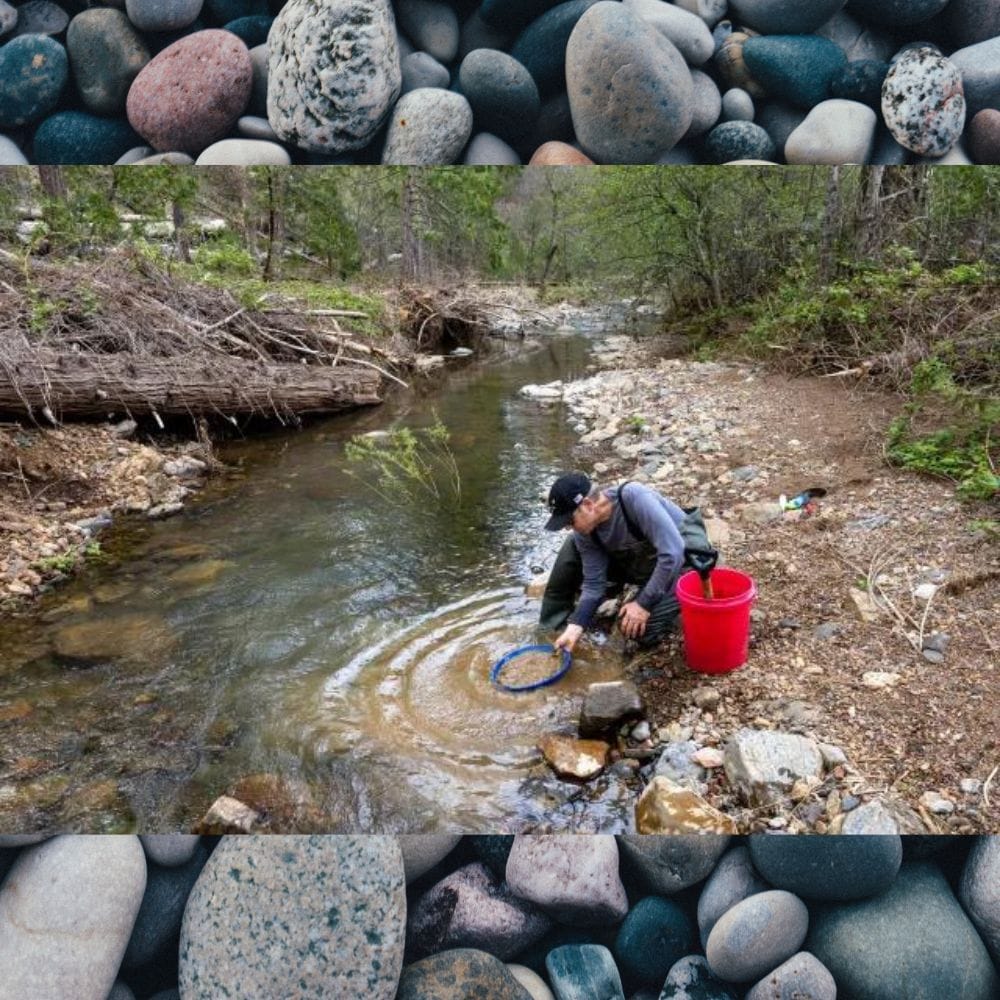
The Science of Sediment: Understanding River Deposits
Gold is heavier than most other materials found in a river, so it tends to settle at the lowest points. Over time, gold can work its way down to bedrock, where it often lodges in cracks and crevices.
When prospecting, pay attention to where heavy elements are deposited. This can lead you to richer concentrations of gold.
The composition of river sediments can also point to gold. Look for areas with a mix of different-sized materials, from fine sand to larger gravel and host rocks.
This indicates that the water flow has been strong enough to carry gold and deposit it along with other sediments.
The Role of Water Flow in Gold Deposits
Water flow plays a crucial role in the concentration and location of gold deposits. During periods of high water, such as spring runoff, gold can be dislodged from its resting place and carried downstream.
Conversely, during lower water levels, gold can be more easily spotted and collected.
Understanding the water current and how it interacts with the riverbed can greatly increase your chances of finding gold.
Areas where the current slows down, such as behind large rocks or in deep pools, are prime locations for gold to drop out of the water and settle.
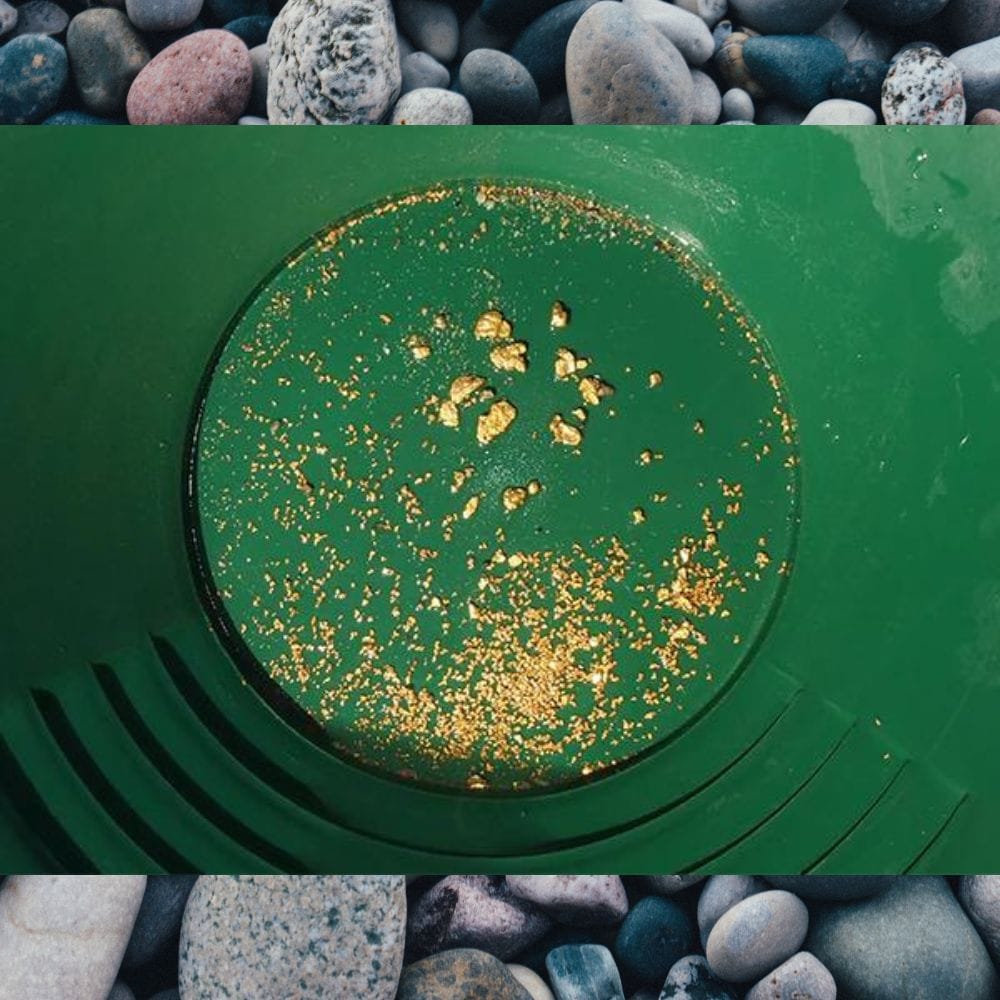
Geological Clues: Quartz Veins and Hard Layers
Quartz is often associated with gold deposits. If you notice veins of quartz running through hard layers of host rock, it's a good sign that you might be near a lode source of gold.
These hard layers can act as natural riffles, trapping gold and other heavy elements as water flows over them.
Prospecting near these quartz veins requires careful examination of the surrounding rocks and soil.
Gold found in these areas is often in the form of small nuggets or flakes, which can be extracted with the right tools and techniques.
The Subtleties of Gold Texture: Identifying Very Fine Gold
When you're on the hunt for gold in a river, the texture of the particles can be a telltale sign. Very fine gold, often found as tiny flecks or dust, is a result of the river's relentless grinding against larger nuggets over time.
These minute particles can be challenging to spot, but they often accumulate in crevices or low-lying areas of the stream bed. A keen eye and a gentle hand are essential when sifting through sediment to uncover these elusive specks of gold.
The shape of gold pieces can also provide clues to their origins. Gold with round edges has likely traveled a considerable distance from its source, tumbled smooth by the water's flow.
In contrast, gold found closer to its vein may appear more jagged or irregular. By paying attention to the texture and shape of gold particles, prospectors can gauge how far they might be from a more substantial deposit, fueling hope and guiding their search as they dig and pan through the creek's course.
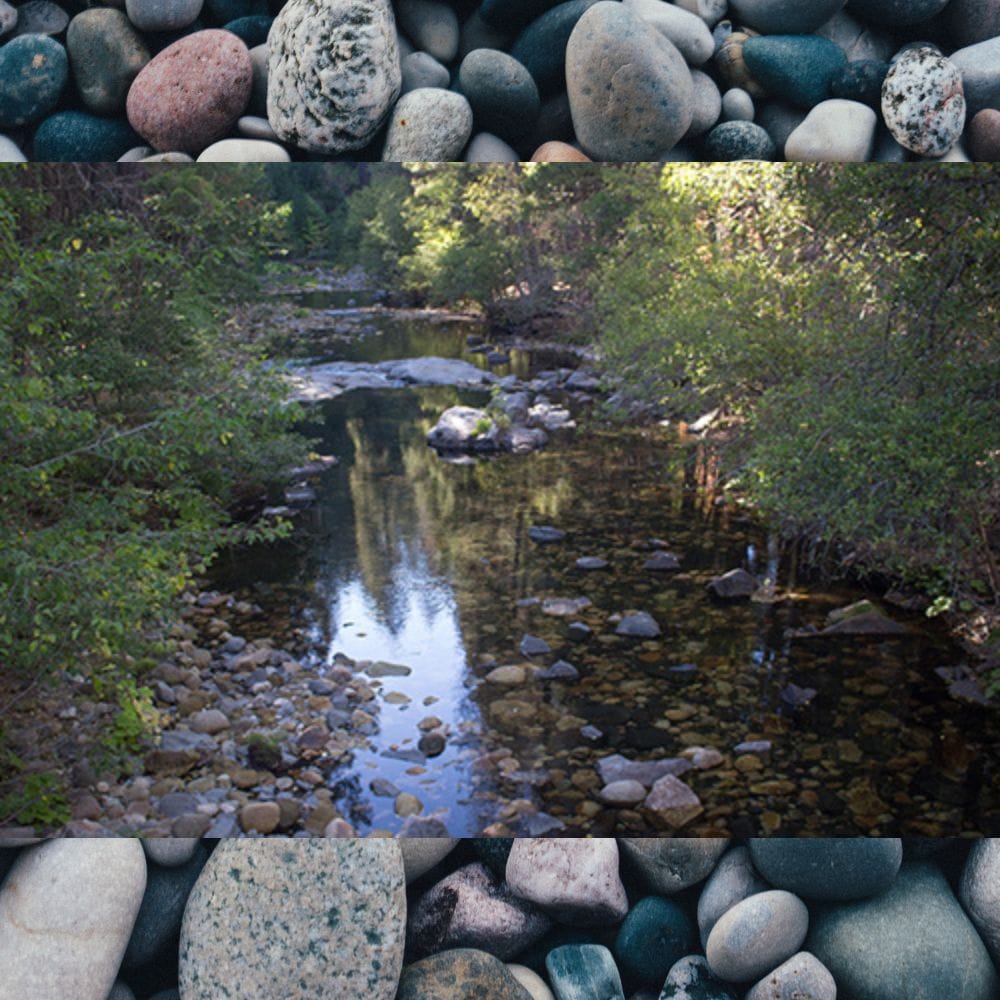
The Strategy of Excavation: Where to Dig for More Gold
Deciding where to dig in a riverbed can significantly increase your chances of striking gold. More gold is often found by following the path of the stream bed and observing the natural flow of the water.
Look for places where the water slows down, such as the inside bends of the creek or behind large boulders.
hese areas are where heavier materials, including gold, tend to settle. Prospecting in these spots requires patience and persistence, but the rewards can be well worth the effort.
Another strategy is to dig down a few feet into the stream bed, where older, more concentrated layers of sediment may be present. Over time, streams and rivers can change course, leaving behind pockets of material rich in gold.
These ancient channels, now often dry or overgrown, can be a goldmine, quite literally, for those who know where to look. By understanding the river's history and current, you can better predict where these lucrative layers might be found.
The Art of Stacked Rock Walls
In many places around the world, stacked rock walls are not just a natural occurrence but a sign of past prospecting activities.
These walls were often built by miners to alter the water flow or to create a barrier for trapping gold. Finding these historical markers can be an exciting indication that you're on the right track.
While these walls can be a sign of previous success, they also serve as a reminder to respect the efforts of those who came before. Always prospect responsibly and with consideration for the environment and heritage sites.
The Mystery of River Bends and Deposits
River bends are natural collection points for gold. The centrifugal force created by the bend in the river causes heavier materials to settle on the inside curve. Prospecting in these areas can be particularly fruitful, especially in the lower parts where gold tends to accumulate.
When exploring river bends, look for areas where the water flow is slower, allowing heavy elements like gold to drop out of suspension and settle.
These spots are often rich in placer deposits, which are accumulations of valuable minerals formed by gravity separation during sedimentary processes.
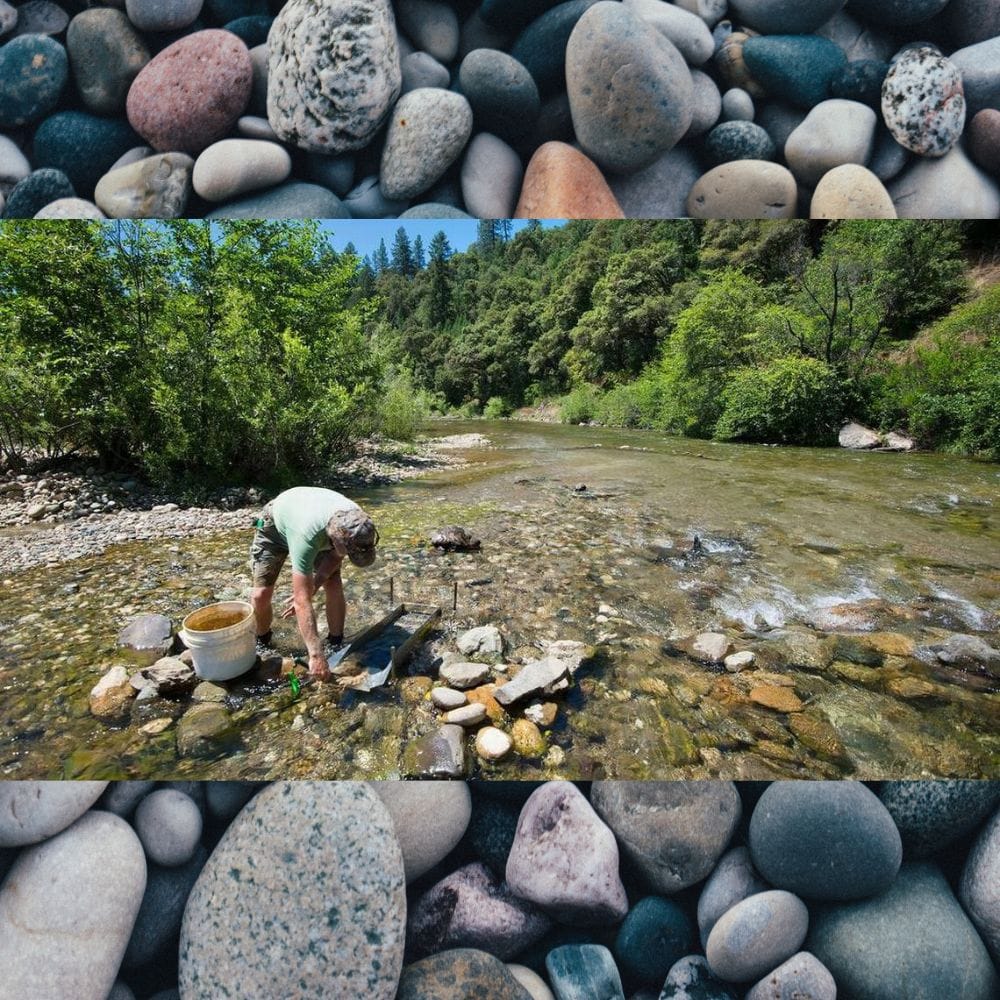
The Intersection of Two Rivers: A Confluence of Gold?
The point where two rivers meet, known as a confluence, can be a hot spot for gold deposits. The merging of water flows can create areas of turbulence where gold can settle. These locations are often overlooked but can hold large amounts of finer gold.
Prospecting at a confluence requires a keen eye for the subtle changes in water flow and sediment patterns. These areas can be complex, but understanding the dynamics of the two rivers can lead to a successful find.
The Hidden Treasures in Bedrock and Cracks
Bedrock acts as a natural gold trap. As rivers erode the earth over time, gold travels until it hits this hard layer and can travel no further. Cracks and crevices in the bedrock are excellent places to look for gold, as these small spaces can catch and hold gold deposits or even gold coins if you're really lucky!.
Prospecting in these areas often involves digging into the cracks and removing the accumulated material. This can be labor-intensive but rewarding, as these spots can contain concentrated amounts of gold.
The Fun of Finding Gold: Tips and Techniques
Finding gold can be an incredibly fun and rewarding hobby. It requires patience, persistence, and a bit of luck. Always remember to respect the environment and follow local regulations when prospecting. Sharing tips and experiences with fellow prospectors can also enhance your chances of success.
When you're out in the streams and creeks, keep an eye out for the signs of gold, use the right tools, and enjoy the adventure. Whether you're panning for pleasure or hoping to strike it rich, the thrill of the hunt is what keeps prospectors coming back to the river time and again.
Some Final Thoughts
Prospecting for gold in rivers can be a challenging yet rewarding endeavor. By understanding the natural indicators of gold, such as the presence of black sand and quartz veins, and mastering the techniques of gold panning and sluicing, you can increase your chances of finding gold.
Paying attention to the water flow, geological formations, and historical mining activities can also guide you to potential gold deposits. Remember to prospect responsibly and enjoy the journey of discovery.
Stuff You Need To Know!
Here at TopRatedStuff.com the outdoors is our home. We offer comprehensive reviews on all outdoor gear, sporting goods, and many other top rated products. If you’re a Camper/Backpacker/Fisherman, we’ve got you covered!
If you’re into Tennis/Golf/Pickleball, we’ve got everything you need including informative tutorials and informational articles. Maybe you’re a Prospector/Miner? We’ve got all the gear you need to get started and many great articles that will help you succeed!
We read through countless reviews online and only talk about the best rated top selling products so you can skip all the research and purchase whatever it is you’re looking for, quickly and efficiently!
Thanks Again for checking out our site and we hope you come back and visit us for any of your purchases! Natures gym is always open! Find your Zen outside!
FAQ Section
Q: What are the signs that a river might have gold? A: Signs that a river might have gold include the presence of black sand, coarse sediments, quartz veins, and historical mining activities. Areas where water flow slows down, such as inside bends and confluences, are also good places to look for gold.
Q: What tools do I need for gold prospecting in a river? A: Basic tools for gold prospecting include a gold pan, sluice box, and metal detector. A shovel and a pick might also be necessary for digging into bedrock and crevices.
Q: Is it legal to pan for gold in any river? A: The legality of gold panning varies by location. It's important to check local laws and regulations regarding mineral rights and prospecting activities before you start. Some areas may require a permit or have restrictions on the type of equipment you can use.
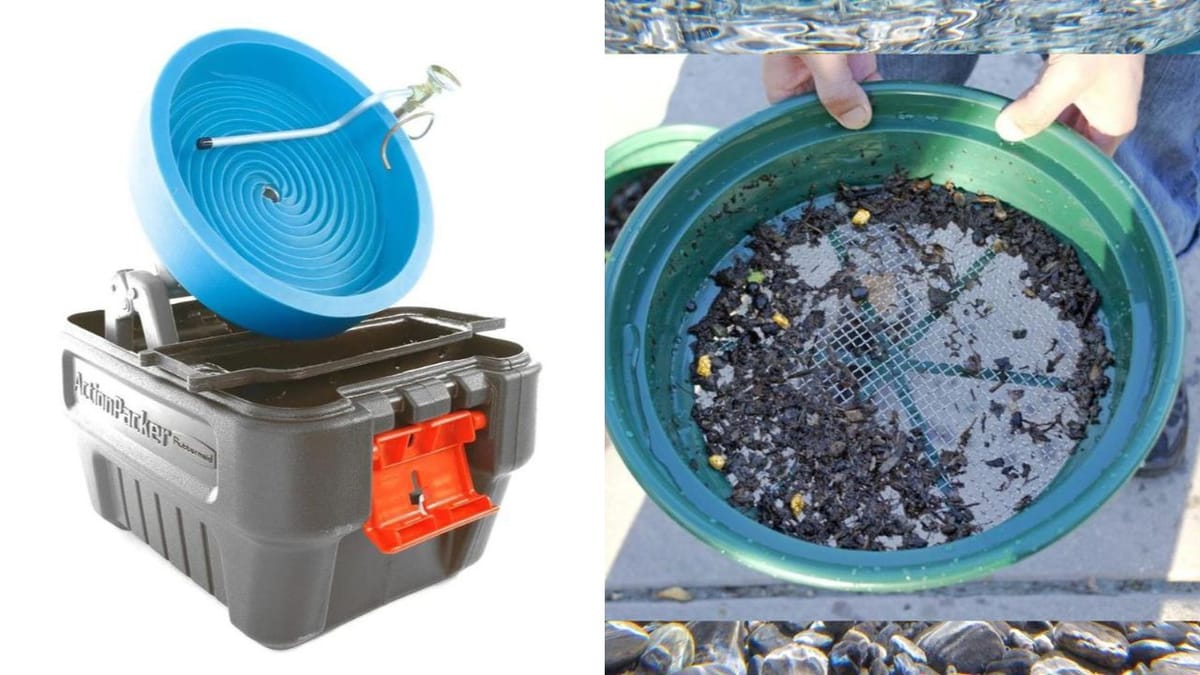
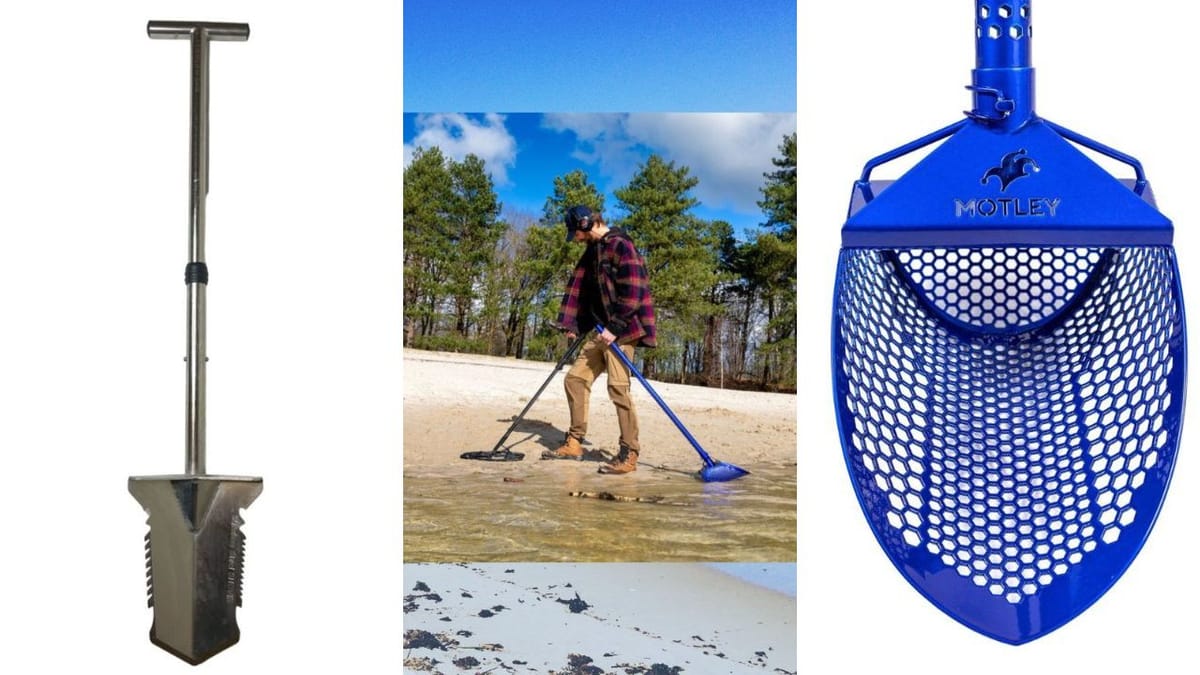

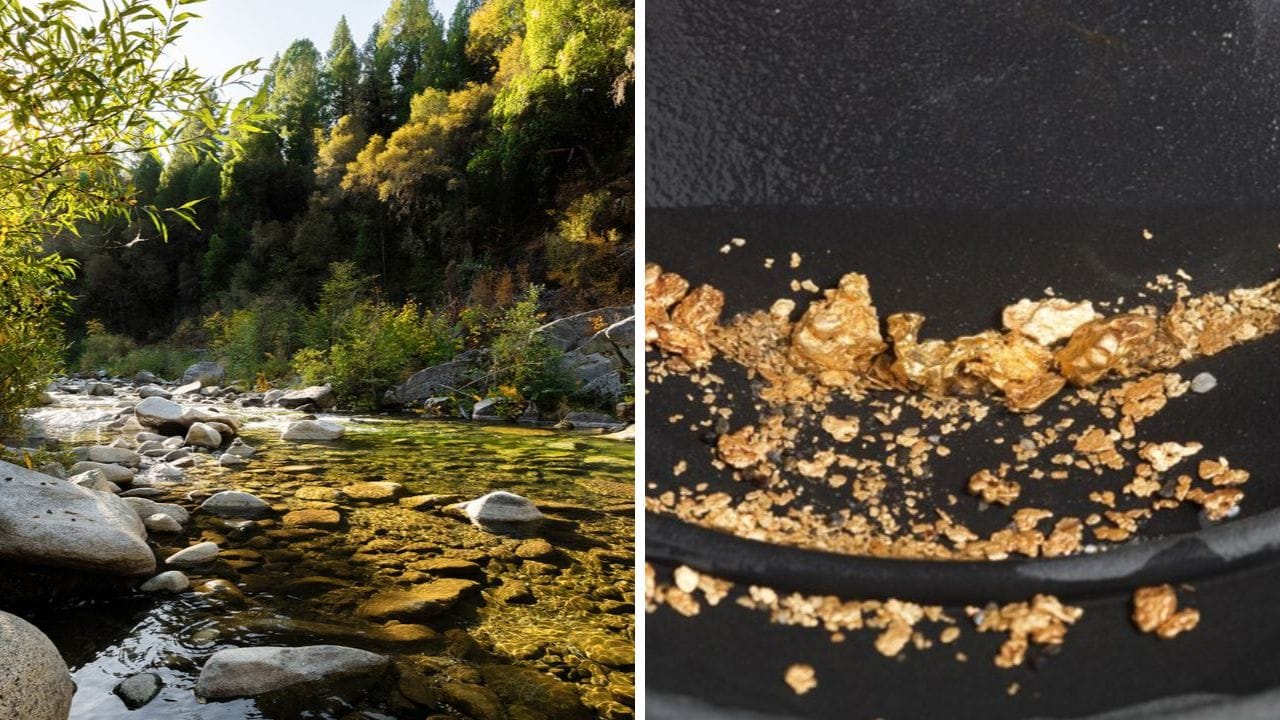




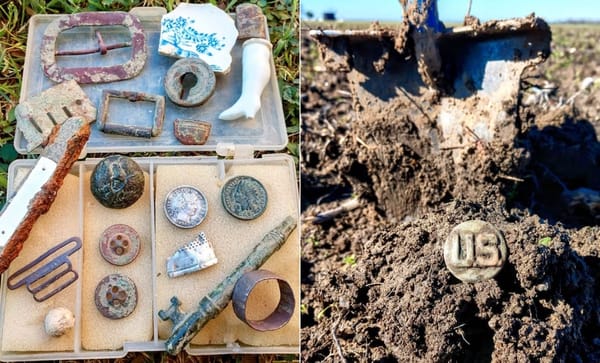
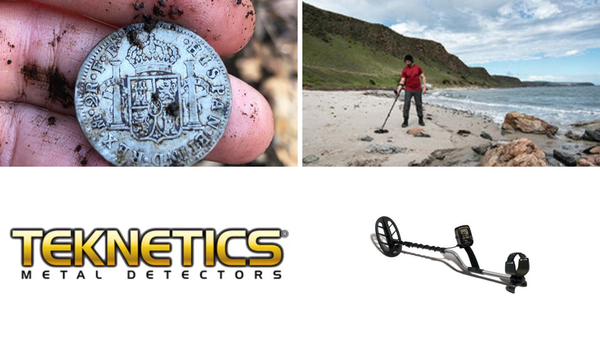
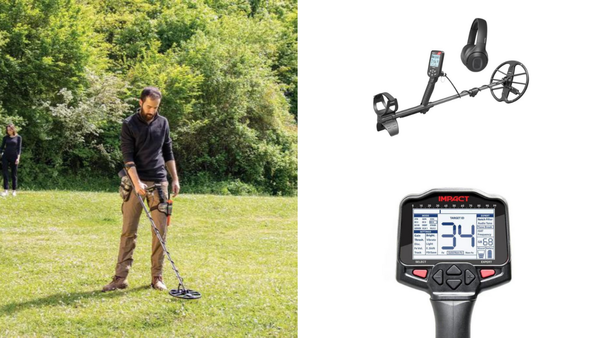
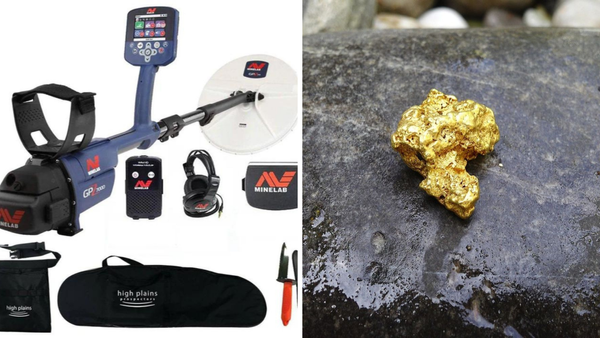
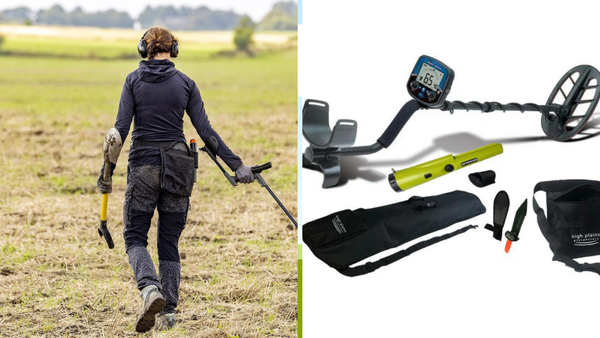
Member discussion